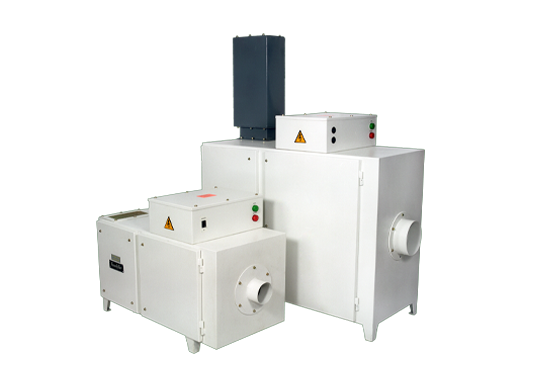In today’s rapidly evolving industrial landscape, the need for efficient air pollution control cannot be overstated. Industries, in their quest for progress and production, often emit pollutants that pose significant threats to the environment and public health. Addressing these pollution concerns requires tailored solutions. Companies like Powertech Pollution Controls Pvt Ltd understand this necessity and have pioneered custom solutions catering to industry-specific requirements. This article dives deep into how specialized solutions, from fume extraction systems to mist collection, are revolutionizing the way industries manage pollutants.
The Spectrum of Pollution Challenges
Different industries present distinct pollution challenges. For example, the metal industry grapples with welding and soldering fumes, while woodworking industries battle with sawdust. Recognizing these differences is the first step toward effective air pollution control.
- Welding & Soldering Operations: These release metallic fumes and gases. Welding fume extractors and soldering fume extractors are vital to ensure clean air and protect workers’ health.
- Woodworking & Manufacturing Units: Fine dust particles are often released, demanding efficient dust extraction solutions.
- Machining & Metalworking: These processes can produce oil mists, necessitating the need for efficient mist collection.
Custom Solutions by Powertech Pollution Controls Pvt Ltd
We have consistently been at the forefront of designing and manufacturing innovative solutions tailored to address the unique challenges posed by diverse industries.
- Fume Extraction Systems: Our state-of-the-art electrostatic fume extraction systems not only tackle welding and soldering fumes but are also adept at handling chemical fumes and vapours. They ensure that harmful gases are swiftly removed from workspaces, guaranteeing a safer environment.
- Dust Extraction: The company’s dust collectors are a testament to their commitment to safeguarding the environment. Designed for maximum efficiency, these systems capture fine particles, preventing them from becoming respiratory hazards or environmental contaminants.
- Mist Collection: Powertech’s mist collectors stand out due to their advanced design, ensuring that even the finest mist particles are effectively removed. This is crucial in metalworking industries where oil mists can pose significant health risks and degrade air quality.
Why Custom Solutions Matter
Standardized solutions, though effective to an extent, may not offer optimal performance for specialized industrial needs. Custom solutions like those provided we provide address specific industry challenges with precision.
- Efficiency:Custom-designed systems ensure that the exact type and amount of pollutants are managed effectively, optimizing energy use and guaranteeing clean air.
- Longevity: Tailored solutions tend to have a longer operational life since they’re designed for specific challenges, reducing wear and tear.
- Cost-Effective: In the long run, custom solutions, by virtue of their efficiency and longevity, prove to be more cost-effective than generic systems.
Conclusion
Air pollution control is not just about meeting regulatory standards; it’s about protecting the planet and ensuring the health and safety of workers. In this context, the approach of companies like Powertech Pollution Controls Pvt Ltd, where we emphasize custom solutions for each requirement, from fume extractors to dust and mist collectors, sets a benchmark for industries worldwide. As industries evolve, so too must the solutions that keep their environmental impact in check. Customization is not just a luxury—it’s a necessity for sustainable industrial progress.





